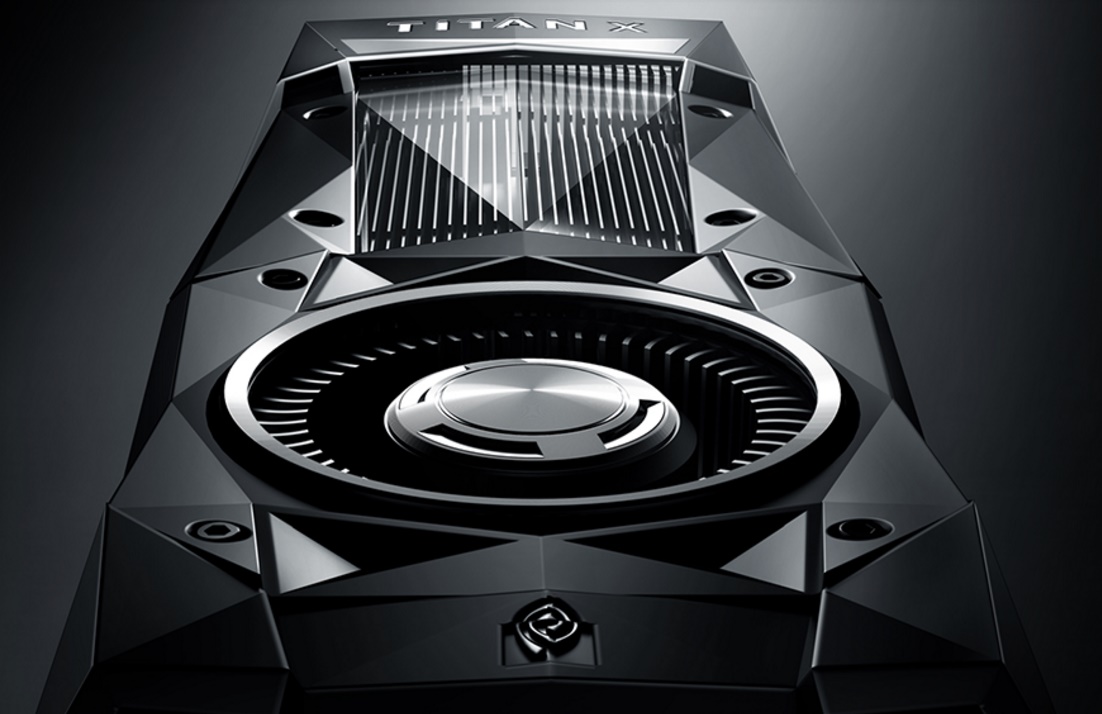New NVIDIA Titan X bridges the gap between GTX and Quadro: still a gamer’s card

NVIDIA has finally announced the launch of its brand new Titan X GPU, planned for August 2nd, in the wake of its recent GeForce GTX releases, starting from the jaw-dropping GTX 1080, to the entry-level GTX 1060, with a primary focus on gamers.
If there were any doubt, the Titan X is a GTX card. It’s listed under the GTX 10 Series section on NVIDIA’s website, and the casing, and heatsink reflect the look of the latest GTX models. Yet, there are two things that may be a little confusing to consumers: first of all, the Titan X no longer features any GTX or GeForce labeling, almost as if NVIDIA were planning on letting the Titan X branch out into its own category, and according to its specs, it might as well.
The new Titan X features 3584 CUDA cores, 1024 CUDA cores atop the GTX 1080’s 2560, and more than triple that of the GTX 1060. With that said, with a base clock of 1.42GHz, the Titan X features a slower processor than the GTX 1060’s 1.5GHz, and a Boost clock that is 0.3GHz slower than the GTX 1080.
While that might not sound like much, what justifies the $1200 price tag is the 480GB/s memory bandwidth that comes with 12GB of GDDR5 X RAM, which can be a deciding factor, especially at this level of performance.
As previously mentioned, however, while the Titan X is listed under the GTX category, its specs seem to lean towards being almost a “Quadro for gamers”. The NVIDIA M6000, currently the most powerful Quadro available, features up to 7 Teraflops of Single Peak Precision Performance (essentially a way to measure accuracy of calculations), while the Titan X goes up to 11Tflops. The Quadro also has considerably less CUDA cores than the Titan X, and features a lower maximum digital resolution of 4096 x 2160 @ 60Hz.
Make no mistakes, with 24GB of GDDR5 RAM, the Quadro is still the most ideal for workstation applications, and the one featuring the best shaders support for dedicated graphic programs, and deep learning, whereas the Titan X is by all means a gamer’s card, with a focus on VR and 4K gaming.